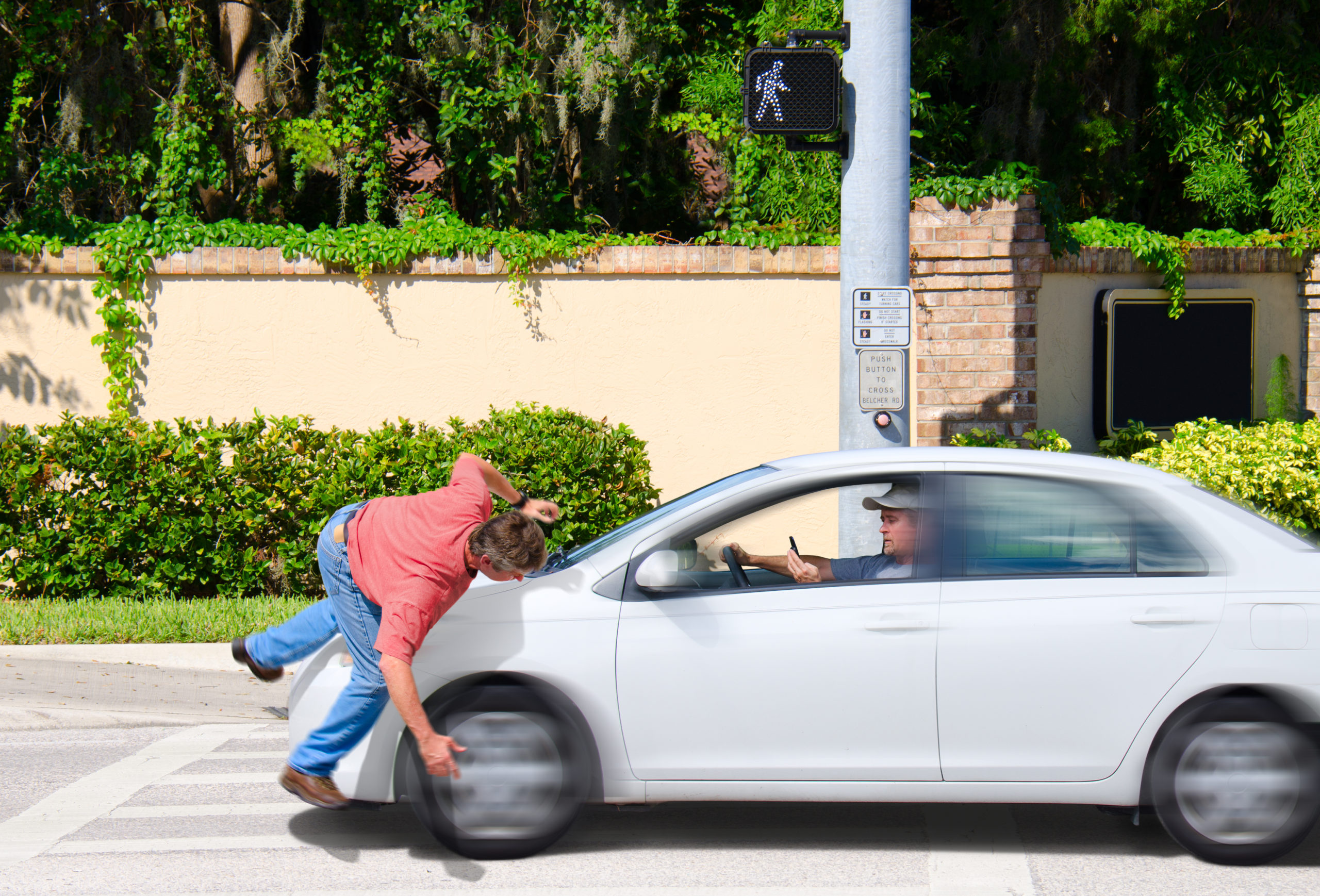Trucking Accidents Caused by Driver Error
When a big rig collides with a motor vehicle, it spells serious danger. A commercial truck’s size and weight put other cars at a severe disadvantage, increasing the likelihood of severe injury or death. In fact, the National Highway Transportation Safety Administration found that, in accidents that involve large truck and another vehicle, the driver or occupants of the smaller vehicle are more than four times more likely to be killed than the truck driver.
Commercial truck drivers are tasked with operating very large and very heavy machinery, often for many hours or in treacherous weather. There were more than 1.7 million truck drivers employed in 2012, according to the Bureau of Labor Statistics, and that number is expected to increase by 11 percent by 2022. Approximately 500 of these drivers were killed in work-related accidents in 2012—a number that has increased every year since 2009.
With so many commercial truck drivers on the road, it is crucially important that they are well-trained and well-equipped to perform their jobs safely. This includes following all company rules and regulations, as well as federal regulations and industry standards.
Driver error is ten times more likely to be the cause for trucking accidents than other factors (including weather, road conditions, and vehicle performance), according to a study by the Federal Motor Carrier Safety Administration.
Examples of driver error include:
- Driver fatigue:Compared to other drivers, fatigue is a particularly worrisome issue for commercial truck drivers, who are asked to drive for several hours in a row. However, drivers are required to follow hours of service regulations set forth by the Federal Motor Carrier Safety Administration. Under these rules, drivers cannot drive more than 11 hours in one day or work more than a total of 14 hours on any given day. They are also not allowed to work more than 70 hours per week without resting for 34 consecutive hours, and they must take a 30-minute break during the first eight hours of a shift. Failure to follow these hours of service regulations can cause the driver to become extremely fatigued, posing a risk to everyone else on the road.
- Distracted driving: More than ever before, distracted driving is a dangerous and possibly deadly activity. More than 3,300 people were killed by distracted drivers in 2012, and another 421,000 people were injured, according to the U.S. Department of Transportation. Of all drivers who report feeling less safe on the road today than they felt five years ago, nearly half attribute their concerns to the rise in distracted driving. Distracted driving includes texting while driving, making phone calls, eating, drinking, adjusting the radio or CD player, talking to other passengers, watching a video, reading (including maps and work materials), typing into a navigation system, or reaching for items in the passenger seat or back seat.
- Driving under the influence: This is an extremely reckless decision for any driver, but a particularly deadly one for truck drivers. Driving under the influence of alcohol or drugs can cause loss of judgment, distorted visual perception, decreased reaction time, difficulty steering, decreased ability to process information, and difficult staying in one lane.
- Reckless driving: This includes a number of reckless driving activities, such as speeding, distracted driving, failure to adjust for weather conditions, failure to obey traffic signs, running a red light, failure to stop at a stop sign, failure to yield when required, failure to slow down for a construction site, failure to pull over for emergency vehicles, failure to merge safely or at the appropriate time, driving too slowly, or passing when it is unsafe to do so.

















